Given all the flooding and destruction in the state, I feel very fortunate here at Middlebury, and at my house overlooking the Lemon Fair (flooded, but looks like a normal spring). While we certainly had some damage on campus, it feels relativly minor compared to friends in East Middlebury in need of a new backyard.
Irene brought 3.21″ of rain to the main campus weather station, to bring a wet August total to about 7 3/4″ of rain. The peak wind registered was 37 mph, at about 6:30 yesterday. Breadloaf campus saw 5.13″ of rain, bringing their August rain to 11.27″. They saw a peak wind gust of 39 mph, later in the evening than down in the valley.
No major problems occured on campus. Facilities was busy with their usual leaks here and there, but it didn’t seem any more significant than another big rain. We’d spent a chunk of Friday mobilizing for the storm; gassing and sharpening chain saws, getting wet vacs ready, checking pumps.
Monday morning dawned clear and fresh, and revealed a mid September amount of fallen leaves, along with a plethora of sticks. Some large branches broke in the wind, as well as having a couple of trees topple over. Overall, however, I was pleased with the relative lack of tree damage. This late in the year weak trees are already shedding their leaves, or have thinner than usual crowns, so the more storm prone trees have less “sail” to catch the wind. A large limb heavy with black walnuts fell behind Turner house, but other fruit bearing trees did fine.
The immense rain in a short amount of time causes the most damage for trees. The soil below the tree turns to soup, roots lose their holding capability, and trees can topple in the wind. A good example is a Basswood lost right below Gifford, at the base of the ledge. All the water percolates a little ways down the soil profile, until it hits the ledge, then drains downhill right towards this tree. Combine that with the lack of roots on the ledge side of the tree, and the reason this tree fell is pretty clear.
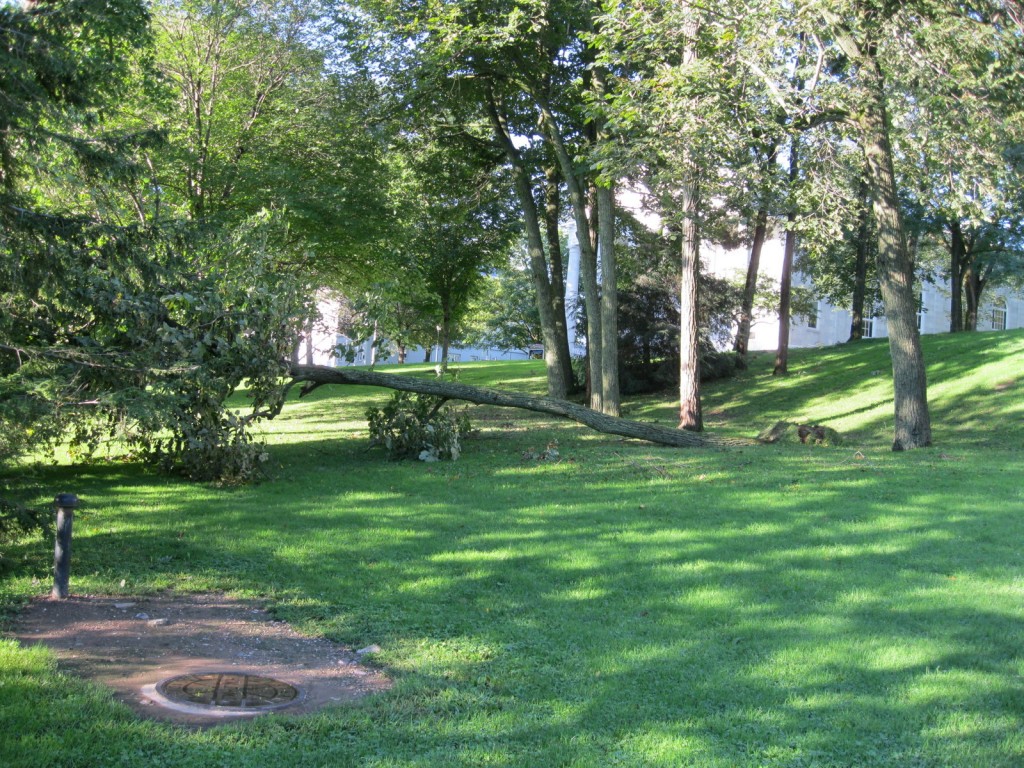
Another tree with a compromised root system was a Poplar growing out of a stone wall behind the Hadley House Barn. One of our crew members commented how the roots went right through the wall, and this was a good reason to remove sucker trees before they get too large.
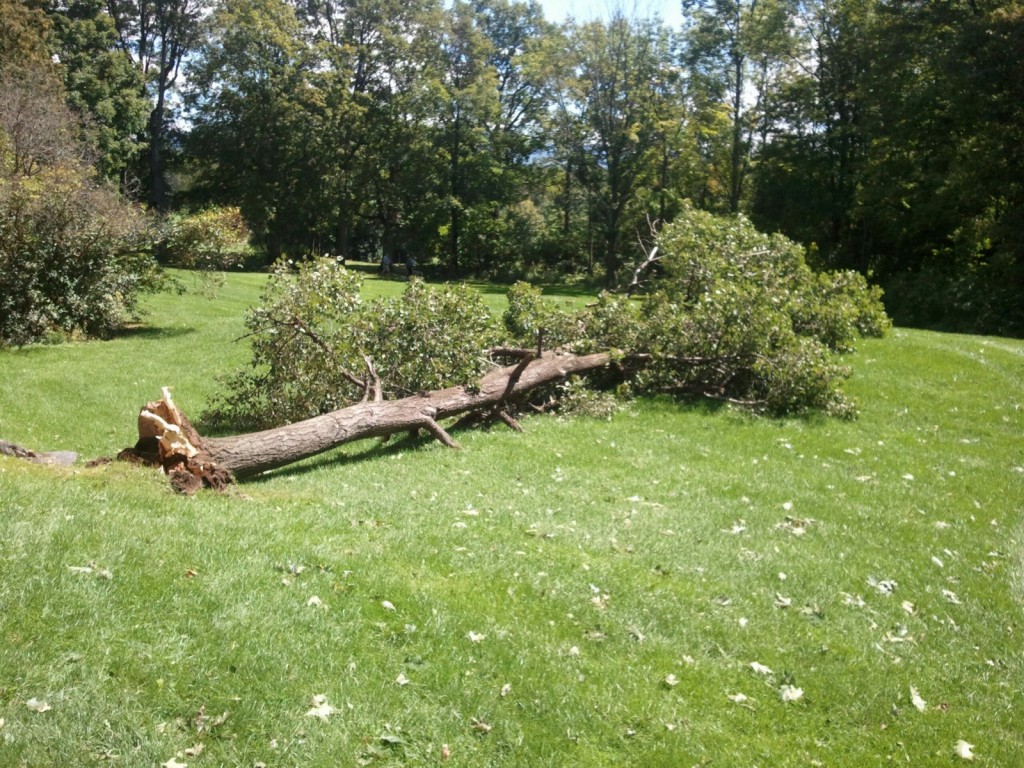
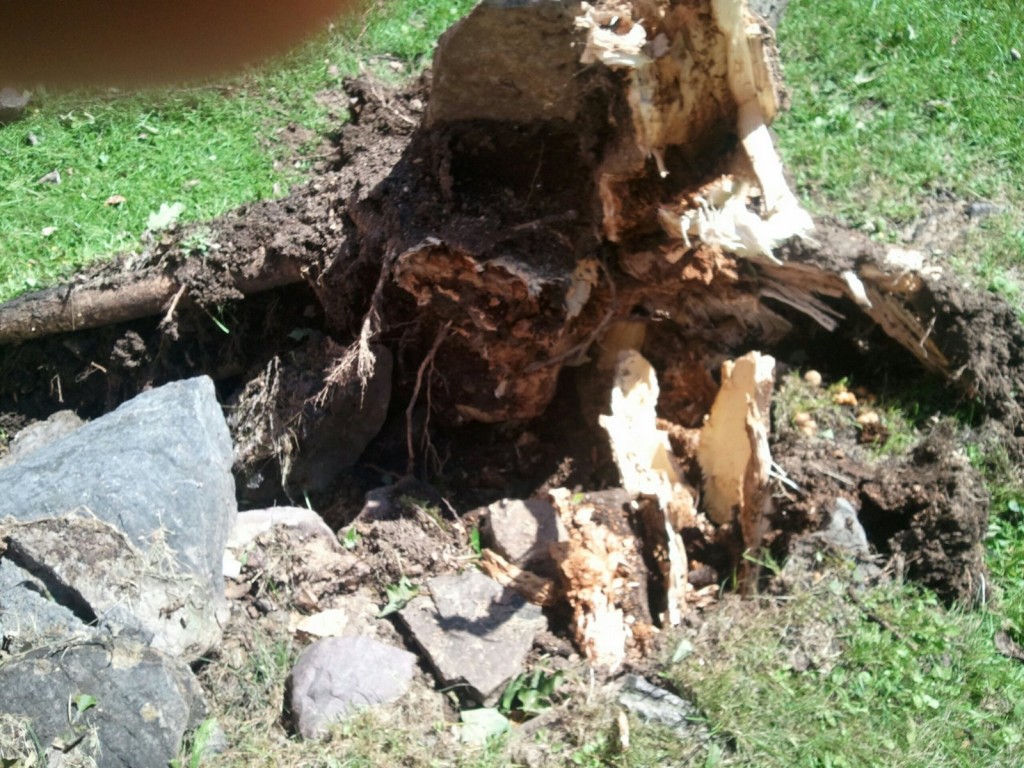
Overall, we did fine. Here’s another couple of pictures of some damage, we’ll have it cleaned up in another day or so.
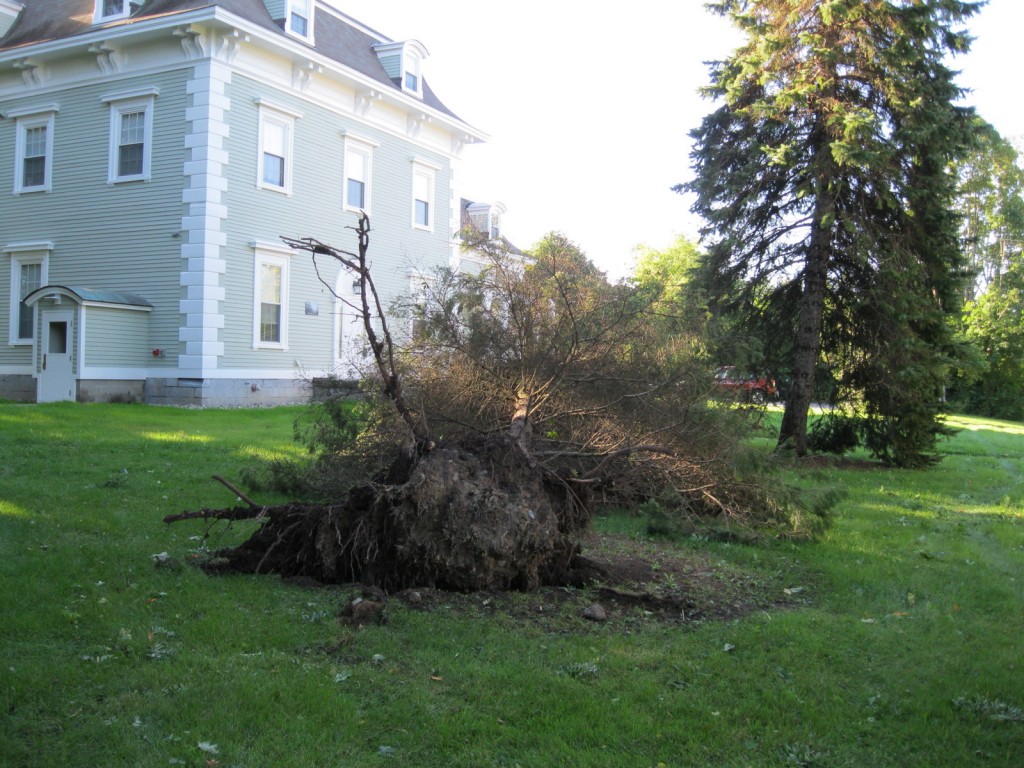
This one was tricky. A Black Maple on the east side of Old Chapel lost a large limb, breaking another couple, but the limb was held up in the tree by an old cabling system, so extracting the limb from the tree involved some minor rigging and rope work.
Last picture-weeping willows always look so dramatic when broken. This one, located behind the esteemed Francois’ house, lost two major limbs, but had the good grace to avoid the power line right below. He and his dog watched it fall. No, the dog was not in the crate at the time…
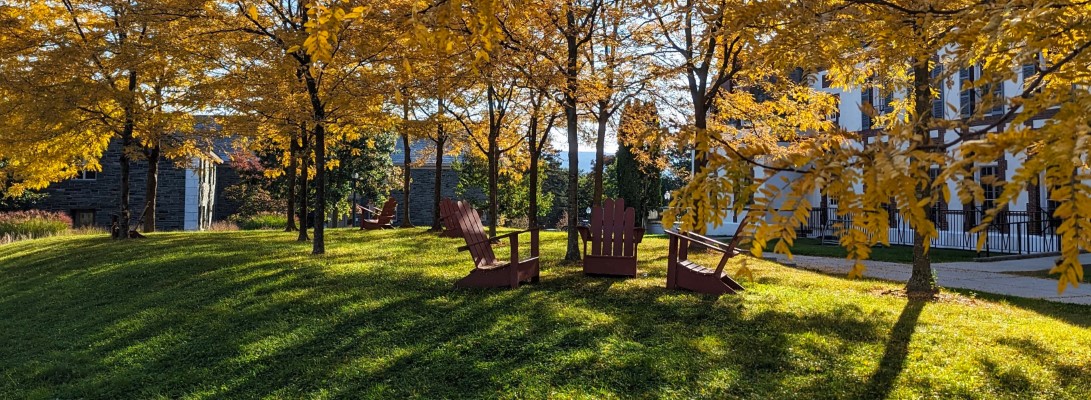
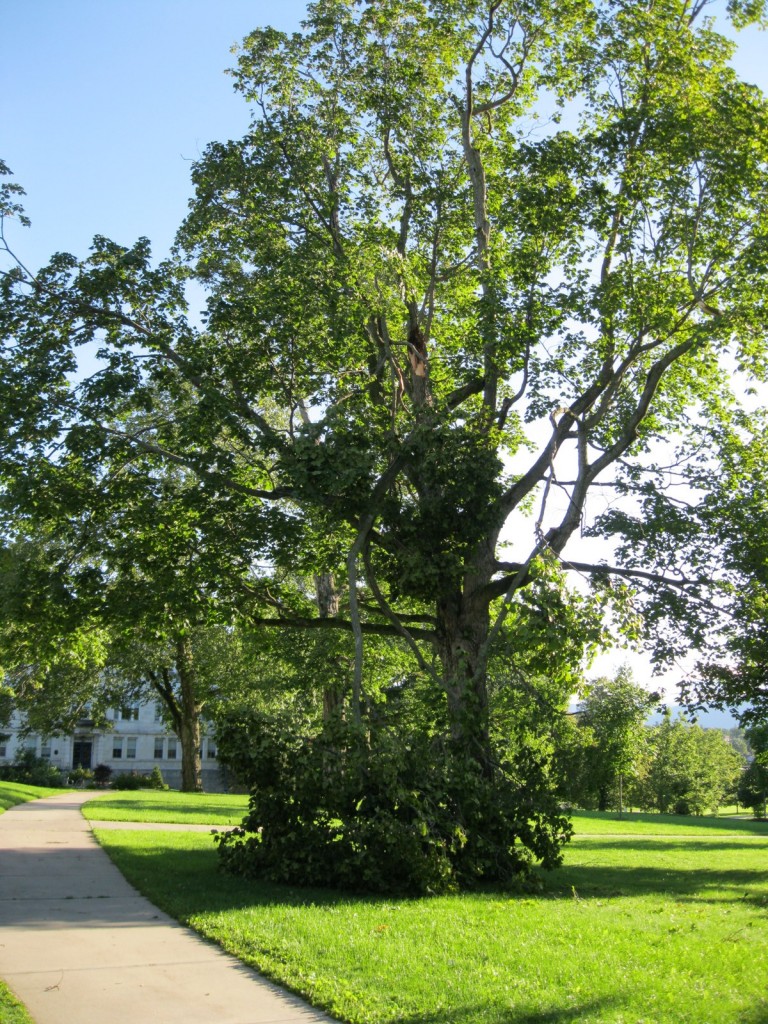
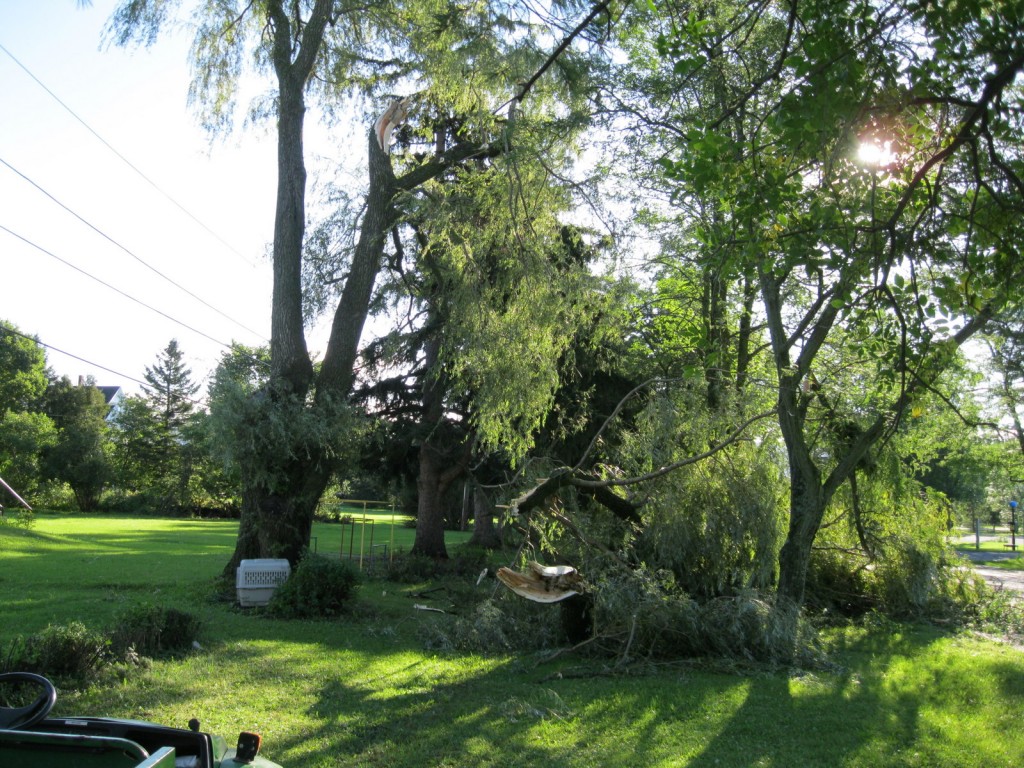
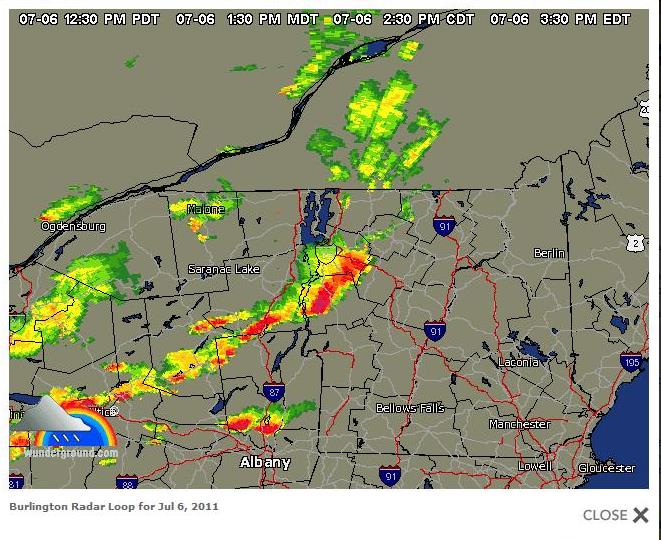
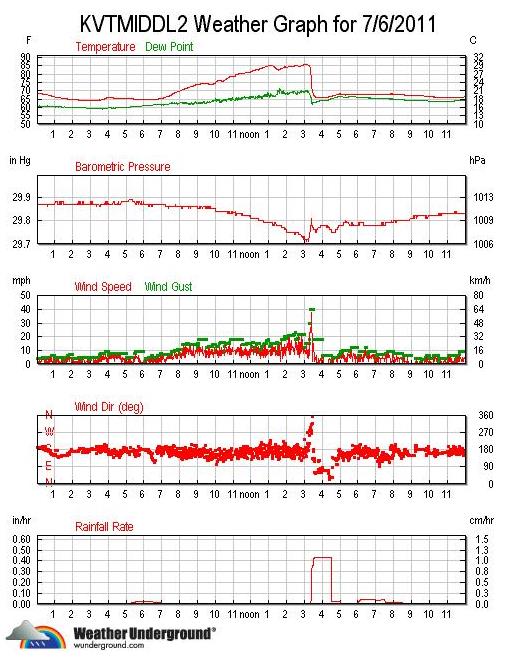
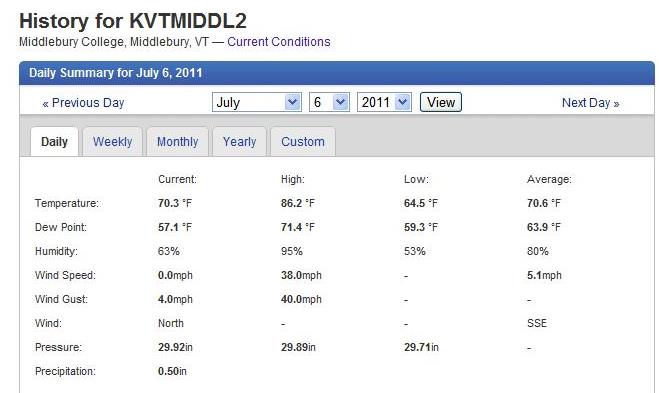
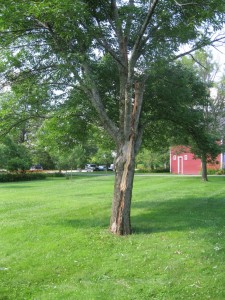
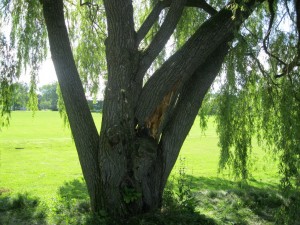
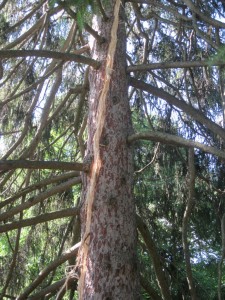
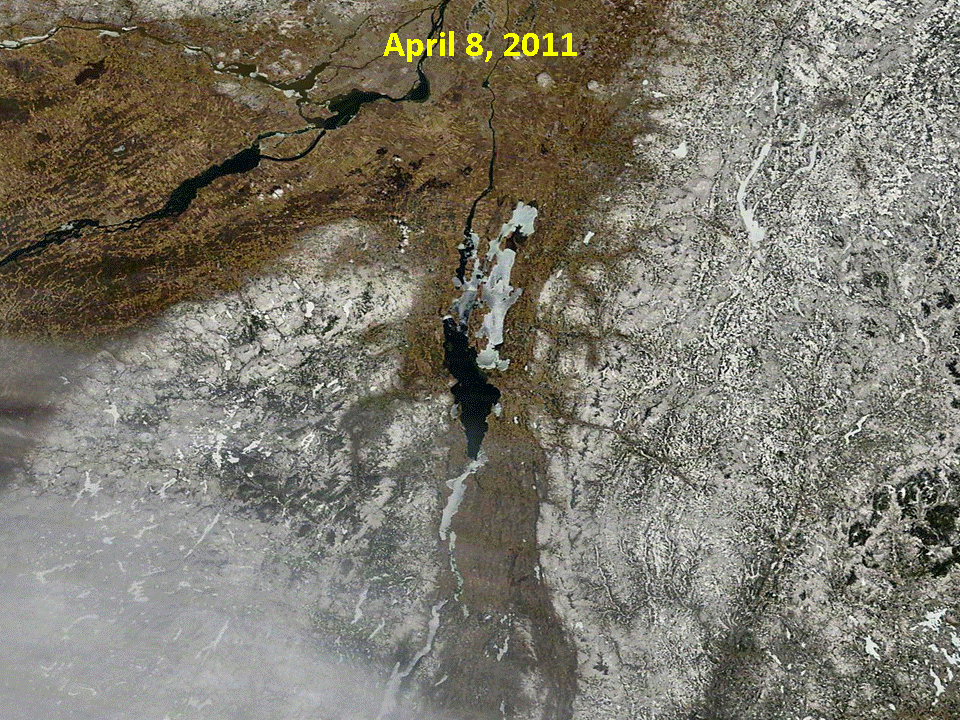
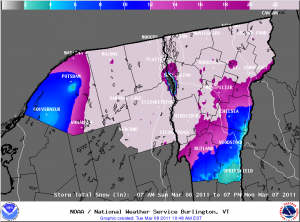
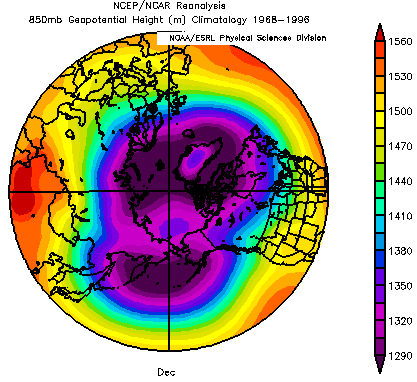
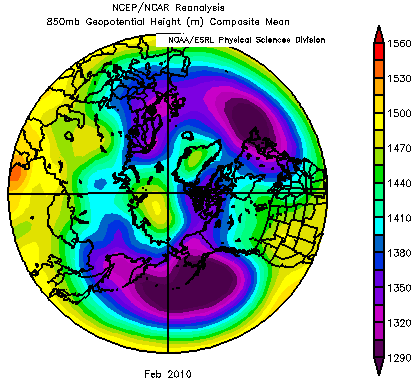
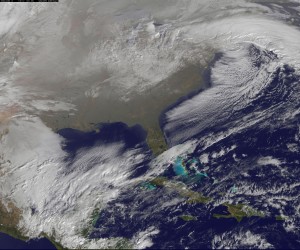
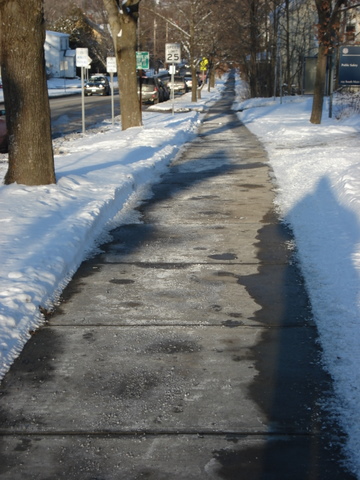
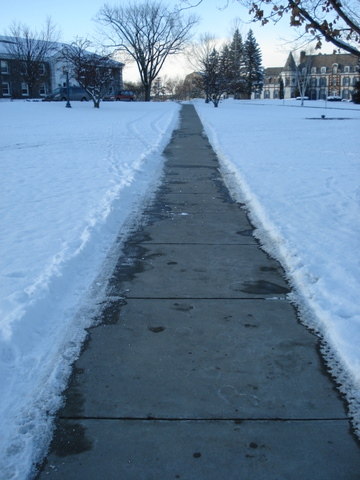
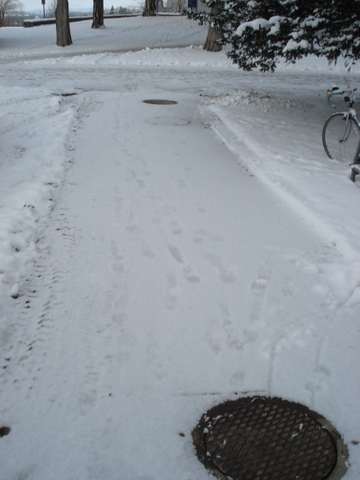
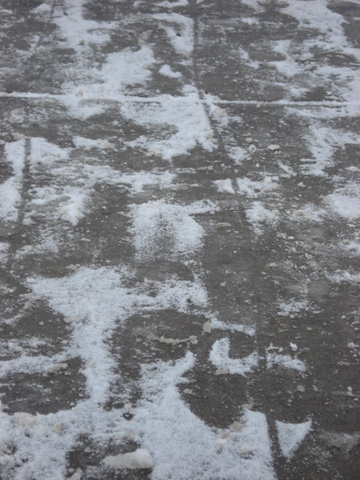
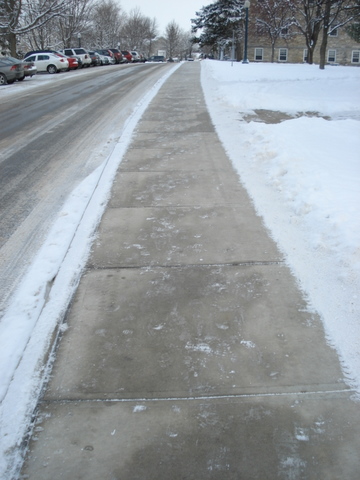
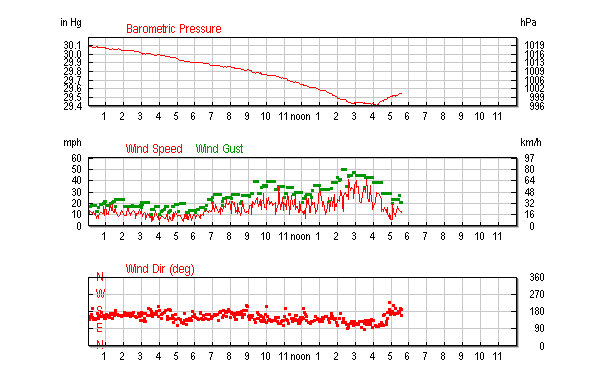
You must be logged in to post a comment.